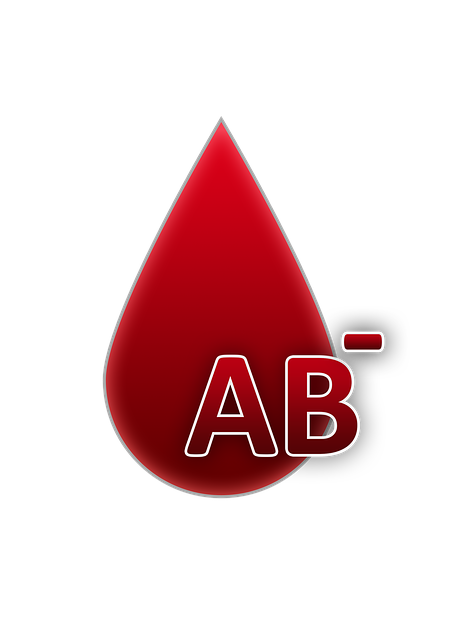Iron deficiency anemia, a common blood disorder causing fatigue and weakness, is diagnosed in the UK using the UK Iron Blood Test. This test measures hemoglobin, ferritin (stored iron protein), and transferrin saturation to identify dietary, absorptive, or bleeding-related causes. Results guide healthcare professionals in recommending treatment options like dietary changes, supplements, or intravenous therapy. Regular monitoring through blood tests is essential for effective management.
Iron deficiency anemia is a common but treatable condition, especially in the UK. Understanding its symptoms and diagnostic methods is key to managing it effectively. This article explores the role of blood tests in identifying iron deficiency anemia, focusing on the specific UK Iron Blood Test. We’ll guide you through the process, from recognizing the signs to interpreting test results, ensuring you’re well-informed about this crucial health check.
- Understanding Iron Deficiency Anemia and Why Blood Tests are Crucial
- The UK Iron Blood Test: How It Works and What to Expect
- Interpreting Results and Next Steps After an Iron Blood Test
Understanding Iron Deficiency Anemia and Why Blood Tests are Crucial
Iron deficiency anemia is a common blood disorder where your body doesn’t have enough healthy red blood cells to carry adequate oxygen to your body’s tissues. This can lead to fatigue, weakness, and shortness of breath. It’s often caused by iron loss through bleeding or poor iron intake and absorption. In the UK, iron blood tests are crucial for diagnosing this condition and determining its severity.
Blood tests play a vital role in identifying iron deficiency anemia as they measure the levels of hemoglobin and red blood cells in your blood, both of which are directly linked to iron status. A UK Iron Blood Test typically involves checking ferritin levels, which is a protein that stores iron in your body. Low ferritin levels can indicate iron deficiency, while further tests may be needed to pinpoint the underlying cause—whether it’s dietary, absorptive, or due to blood loss.
The UK Iron Blood Test: How It Works and What to Expect
In the UK, iron deficiency anemia is commonly diagnosed through a simple blood test known as the UK Iron Blood Test. This test measures the levels of various components in your blood to determine if there’s an iron deficiency. It involves drawing a small sample of your blood, usually from a vein in your arm, similar to other routine blood tests. The sample is then analysed in a laboratory using specialized equipment.
During the UK Iron Blood Test, healthcare professionals check for levels of hemoglobin (the protein in red blood cells that carries oxygen), ferritin (a protein that stores iron in the body), and transferrin saturation (a measure of how much iron is available to carry oxygen). Low levels of these components can indicate iron deficiency anemia. The test results will provide valuable insights into your overall iron status, helping healthcare providers determine the most appropriate treatment options for you.
Interpreting Results and Next Steps After an Iron Blood Test
After undergoing a UK Iron Blood Test, understanding the results is crucial for identifying iron deficiency anemia and determining appropriate next steps. If your test indicates low levels of ferritin or hemoglobin, it suggests possible iron deficiency. In this case, further evaluation by a healthcare professional is recommended to establish the cause and severity of the condition. They may suggest dietary changes, oral supplements, or even intravenous therapy based on the extent of the deficiency.
In some instances, additional tests might be required to rule out other underlying health issues. Regular monitoring of iron levels through periodic blood tests can help assess the effectiveness of treatment and ensure adequate management of iron deficiency anemia. It’s important to follow your healthcare provider’s advice and stay informed about any necessary adjustments to maintain optimal health.
In conclusion, iron deficiency anemia is a common yet serious condition that can be effectively diagnosed and managed with blood tests, especially the UK Iron Blood Test. Understanding the results of these tests is key to determining treatment options. Whether you’re experiencing fatigue, pale skin, or shortness of breath, getting tested can provide vital insights into your health. The next steps after an iron blood test are crucial in managing anemia, ensuring a healthier future, and alleviating symptoms associated with this condition.
